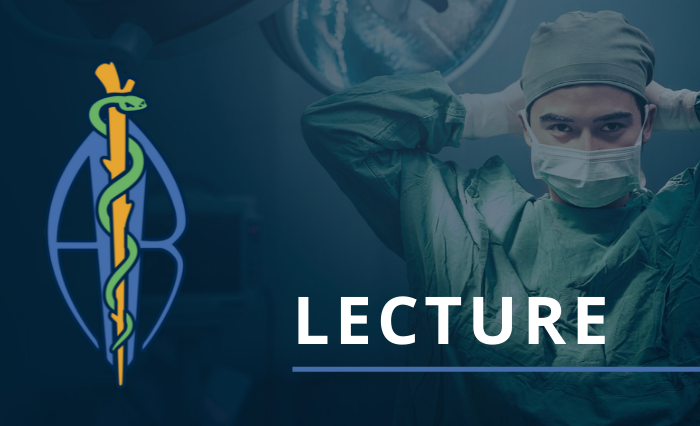How to Prepare for A Model I Have Never Performed Before?

Date: Thursday, September 15, 2022
Time: 11:00 am PTDuration: 30 MinutesTrack: Thursday - Track 1
Room: Salon ABCD
Speaker: Bertrand Lussier
Moderator: Melanie Graham
I am frequently asked to develop and validate novel models. Sometimes, I am just asked to perform a specific model I have never done before. Both situations are stressful; the first because it has never been done before, the latter because it seems so easy in the provided paper… But we know that the most important details are NOT in the paper!!! When realizing a model, we have to make sure that all the animals are operated by the same person, in the same manner, in the same time: reproducibility and repeatability are the 2 most important attributes. So, we have to be well prepared; the learning curve has to be behind us…
This is how I prepare when confronted to a surgical technique I have never performed. First, read the pertinent literature, the addition of details from several sources might be helpful. Then I proceed to a cadaveric trial; that’s the most important step for me to identify all the pitfalls and potential post-operative complications. After refining the protocol, identifying the necessary material and instruments, planning the pro-operative preparation, a pilot project is planned and performed. Usually 2 animals per group arm/TA is enough. The most difficult part is to convince the study directors that this step is crucial. Then, waiting to see the results of the pilot project… The complications are addressed accordingly if necessary for the main study! Constant communication between the surgeons, the veterinary team and the study director is crucial.
This is an archived event. Please log in with your member account to access these resources.
Speaker
Professor
Faculty of Veterinary Medicine - Department of Clinical Sciences
University of Montreal
View More From This Track
- Baseline Hemodynamics Including Aortic and Pulmonary Blood Flow in a Chronic Bovine Model
Speaker: Angel Moctezuma-Ramirez - Thursday, September 15, 2022 9:30 am - Liver Regeneration Model in Cynomolgus Monkeys
Speaker: Randy Pielemeier - Thursday, September 15, 2022 10:30 am - Curious George Goes To The Podium – Coaching and Encouragement for Future ASR Presenters
Speakers: Leslie Stoll, Steven Kreuser - Thursday, September 15, 2022 11:30 am - Technical Insights for Cochlear Administration in the NHP
Speaker: Frederick Emond - Thursday, September 15, 2022 1:00 pm - Coronary Sinus Dosing in Swine, Anatomical Considerations in Comparison to Human Anatomy
Speaker: Randy Pielemeier - Thursday, September 15, 2022 1:30 pm

